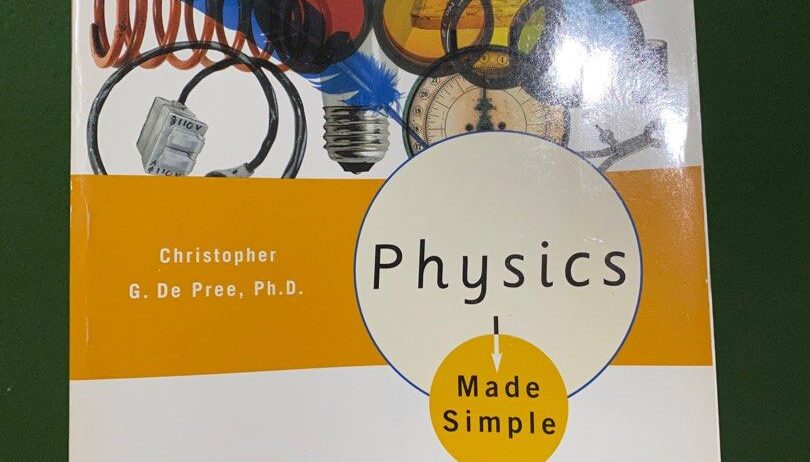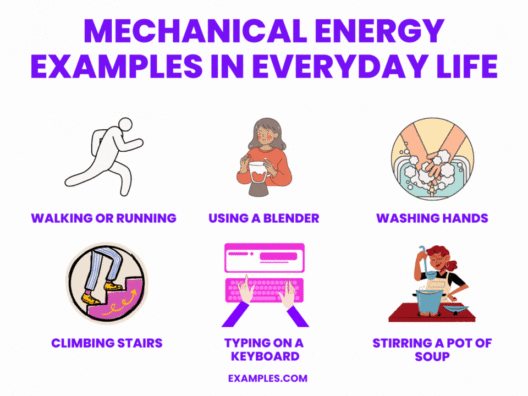Energy conservation and pressure might seem like disparate concepts at first glance, akin to distant stars in the vast cosmos. However, they are interconnected threads woven into the grand tapestry of physics, illuminating our understanding of the universe and guiding us toward sustainable practices. By delving into the principles that govern energy conservation and the nature of pressure, we can uncover profound insights that resonate with our quest to mitigate climate change. This exploration begins with the definition of energy and pressure, and evolves into practical applications that can significantly influence our lives.
At the most fundamental level, energy is defined as the capacity to perform work. It manifests in various forms, including kinetic, potential, thermal, and chemical energy. Energy conservation, encapsulated in the first law of thermodynamics, asserts that energy cannot be created or destroyed, only transformed from one form to another. This principle underscores the critical need for efficiency in energy usage; every joule counts in our struggle against the specter of climate change.
Conversely, pressure can be understood as the force exerted per unit area on a surface. It operates within numerous realms—pneumatics, hydrodynamics, and atmospheric sciences, to name a few. The relationship between energy and pressure becomes particularly poignant when one considers systems where these two concepts coexist, such as in fluid dynamics. For instance, in a confined space, elevating pressure can lead to an increase in potential energy, thereby transforming the very dynamics of the system.
To draw a metaphor, think of energy as a flowing river and pressure as the dam that controls its flow. In the context of energy conservation, the dam is vital. If the dam is inefficient, water spills over wastefully, much like energy dissipates in poorly designed systems. Conversely, an efficient dam regulates the flow, much like optimized energy systems minimize waste and enhance sustainability. This imagery highlights the importance of managing resources judiciously, a philosophy that can be applied to both energy conservation and pressure systems.
Examining specific examples can elucidate these concepts further. Consider an automotive engine, where fuel combustion generates thermal energy, which is then converted into mechanical energy. However, the pressure phenomenon cannot be ignored. Inside the engine, varying pressure levels influence the efficiency of combustion, dictating how much energy is converted effectively as opposed to being lost as heat. An understanding of this pressure-energy interplay is crucial for designing better engines and reducing fossil fuel reliance—an important stride towards reducing carbon footprints.
In systems like refrigerators or air conditioners, the relationship between pressure and energy conservation becomes palpable. Refrigerants—substances that absorb and release heat—work by cycling through phases that involve changes in pressure. By compressing the refrigerant, energy is stored, and when it expands, it absorbs heat from its surroundings. This cycle is a prime illustration of how managing pressure can lead to energy conservation. Optimizing such systems can yield significant reductions in energy consumption, showcasing the real-world relevance of these fundamental physics principles.
A deeper examination of natural ecosystems further underscores the connection between energy conservation and pressure. For instance, consider the role of atmospheric pressure in weather systems. Changes in pressure can alter airflow, which in turn affects temperature and precipitation patterns. Understanding these dynamics can help meteorologists predict weather changes, potentially allowing for better preparations against climate-related disasters. This highlights how an intricate understanding of physics plays a paramount role in shaping our response to climate challenges.
Energy conservation efforts in buildings also illustrate the interplay between pressure and energy usage. For example, insulation improves thermal comfort by reducing unwanted heat loss, thus minimizing the energy required for heating and cooling. The air pressure within a building, influenced by ventilation systems, impacts how effectively energy is conserved. An equilibrium between internal and external pressures can lead to significant energy savings, demonstrating the critical nature of integrating these concepts in architectural design.
The intricate dance between energy and pressure extends into the realm of renewable resources as well. Wind turbines, for example, convert kinetic energy from wind into mechanical energy, but the efficacy of this transformation can vary with changes in atmospheric pressure. Understanding the physics behind these mechanisms enables engineers to design better turbines that can harness energy more efficiently. This is a testament to the vital role that foundational physics plays in spearheading progress toward sustainable energy solutions.
The implications extend beyond technology into behavioral changes as well. As individuals become more aware of their energy consumption—often driven by economic pressures—their choices and habits evolve. Greater mindfulness regarding energy use can reflect an inherent understanding of pressure in societal contexts, promoting practices that prioritize sustainability. As communities unite to address climate change, this collective consciousness can serve as a driving force for adopting energy-efficient technologies and practices.
In essence, the relationship between energy conservation and pressure reveals an interconnected reality—one that transcends mere scientific inquiry and has profound implications for environmental stewardship. By nurturing our understanding of these concepts, we not only gain insight into the fundamental workings of our world but also harness this knowledge in the quest for a more sustainable future. Through education, innovation, and collaboration, we can bridge the gap between understanding and action, transforming societal norms and sparking a movement toward greater energy efficiency. Thus, as we journey forward, let us remember that conserving energy, much like managing pressure, is not merely an option; it is an imperative for the health of our planet and future generations.







